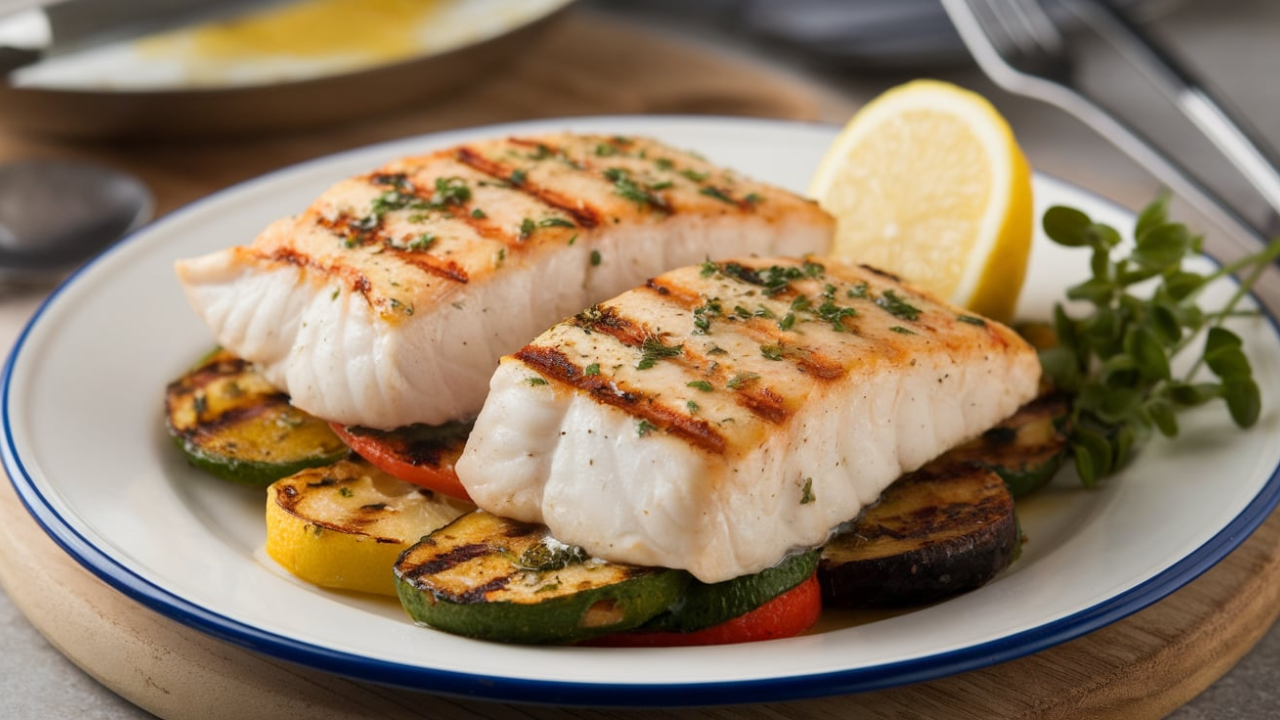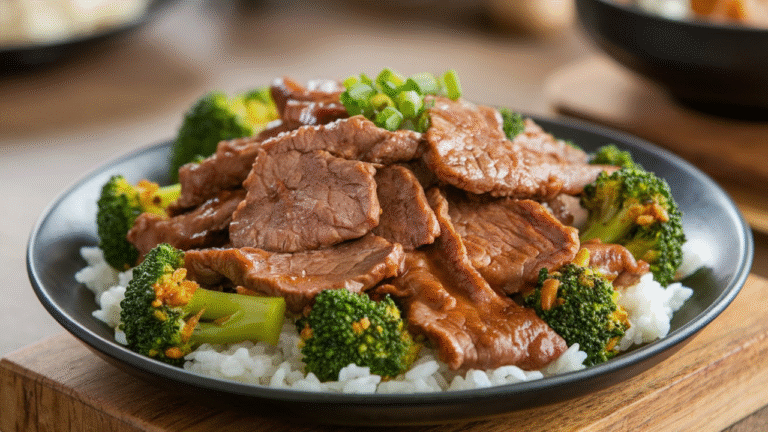Cooking swordfish can feel like taming a culinary lion. It looks intimidating at first glance—firm, meaty, and unlike the delicate salmon or flaky cod you might be used to. But here’s the secret: swordfish is one of the easiest and most forgiving fish to cook. If you’ve ever grilled a steak, you already have the skills to nail a swordfish recipe.
Swordfish has a reputation for being rich, bold, and slightly sweet, making it perfect for both simple weeknight dinners and special occasions where you want to impress without breaking into a sweat. Think of it as the “steak of the sea”—substantial, satisfying, and endlessly versatile.
In this guide, I’ll walk you through everything: how to pick swordfish, prep it, cook it in a variety of ways, and pair it with flavors that turn your kitchen into a five-star restaurant. By the end, you’ll not only have a recipe but a full playbook for making swordfish your signature dish.
Why Swordfish Deserves a Spot in Your Kitchen
Swordfish isn’t as common on the dinner table as salmon or tilapia, and that’s a shame.
Here’s why it deserves more love:

- Nutritional powerhouse: Swordfish is loaded with protein (about 20 grams per 3-ounce serving) and is an excellent source of selenium, niacin, vitamin B12, and omega-3 fatty acids.
- Low-carb and keto-friendly: At 0 carbs, swordfish slides perfectly into low-carb lifestyles while still keeping you full thanks to its protein density.
- Satisfying texture: Unlike flaky fish, swordfish is firm and meaty. It’s closer to a steak than seafood, which makes it appealing to those who aren’t typically “fish people.”
- Cooking flexibility: You can grill it, bake it, pan-sear it, or even broil it without worrying that it’ll fall apart. Swordfish holds its shape beautifully.
A fun stat? According to the National Fisheries Institute, Americans eat about 16 pounds of seafood per person annually, but less than 1% of that is swordfish. That means most people aren’t tapping into this gem. If you’re looking to surprise dinner guests with something outside the usual salmon rut, swordfish is your ace card.
How to Choose Fresh Swordfish Like a Pro
You know how choosing the right avocado feels like gambling? Swordfish selection doesn’t have to be that way. Here’s how to spot the best cut:
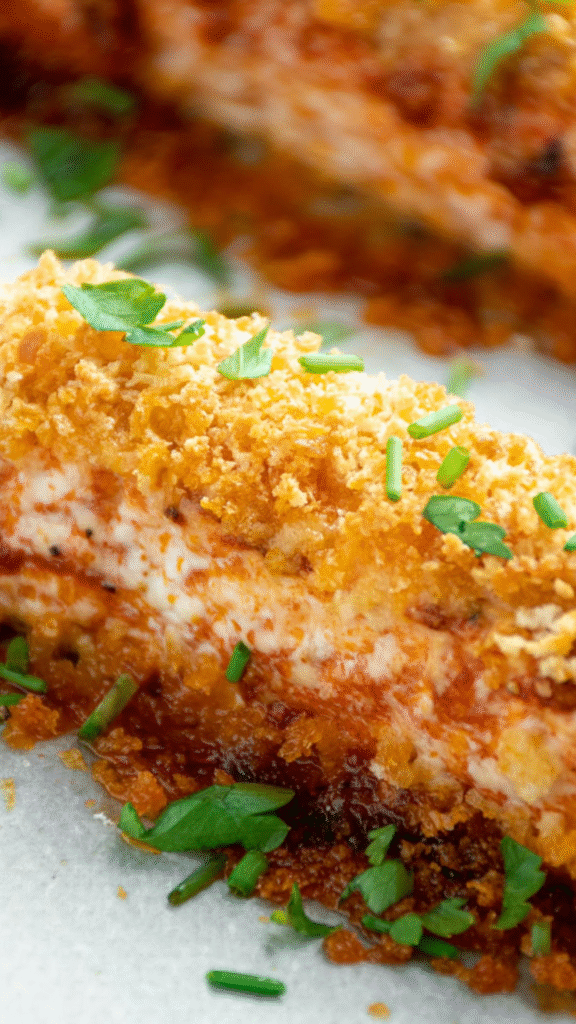
- Color matters: Fresh swordfish steaks should be ivory or light pink with a small, bright red streak of bloodline. Avoid gray or brown flesh—it’s a sign it’s past its prime.
- Texture check: The flesh should look moist but not slimy, and firm enough that it bounces back when pressed.
- Smell test: Swordfish should smell clean, like the ocean. If it has an overly “fishy” odor, steer clear.
- Thickness is key: Aim for steaks about 1 to 1 ½ inches thick. Anything thinner risks drying out before the center cooks properly.
My first time buying swordfish, I ignored thickness and ended up with steaks closer to a sandwich cutlet. Spoiler: they turned out dry as cardboard. Lesson learned—thick steaks are your friend.
The Golden Rule of Cooking Swordfish
Here’s the #1 rule to remember: don’t overcook swordfish.
Because it’s so meaty, it doesn’t flake like cod or halibut when done. Instead, the secret is in hitting the sweet spot where the fish is opaque on the outside but still juicy and tender in the middle. A perfect swordfish steak has a firm bite but is never dry.
Think of it like cooking chicken breast—easy to ruin if left unattended, but glorious when you nail the timing.
The safe internal temperature for swordfish is 145°F (63°C), according to the USDA, but many chefs recommend pulling it off heat at 135-140°F since it will continue to cook while resting.
Ingredients You’ll Need for a Simple Swordfish Recipe
Here’s a base recipe that gets you delicious results in under 30 minutes. From here, you can add twists, but this foundation never fails.
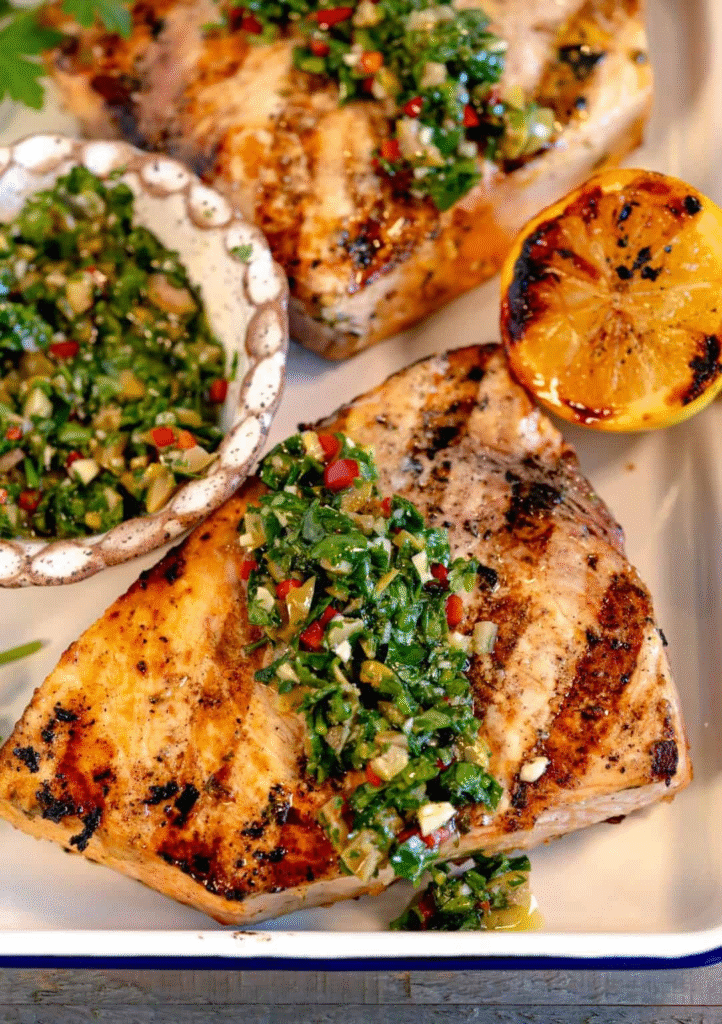
- 2 swordfish steaks (about 1 to 1 ½ inches thick)
- 3 tablespoons olive oil
- 2 cloves garlic, minced
- Juice of 1 lemon
- 1 teaspoon salt
- ½ teaspoon black pepper
- 1 teaspoon paprika or smoked paprika
- Fresh herbs (parsley, thyme, or dill) for garnish
Optional but recommended: a splash of white wine or a drizzle of honey for balance.
This ingredient list is intentionally simple. Swordfish doesn’t need to swim in heavy sauces or complicated marinades to shine—it has enough flavor to carry itself with just a few companions.
Step-by-Step: Pan-Seared Swordfish
When I want maximum flavor with minimum effort, pan-searing is my go-to. It gives you that beautiful golden crust that locks in juices.
- Pat steaks dry. Moisture is the enemy of a good sear. Use paper towels to blot away excess water.
- Season generously. Rub olive oil, garlic, lemon juice, salt, pepper, and paprika into both sides of the steaks.
- Heat the pan. Use a heavy skillet (cast iron is king). Add a tablespoon of olive oil and heat until shimmering but not smoking.
- Sear the steaks. Place swordfish in the pan and don’t move it for 3-4 minutes. You want that crust to form. Flip and cook another 3-4 minutes.
- Check doneness. Insert a thermometer—pull at 135-140°F.
- Rest and serve. Let it rest for 5 minutes before slicing. Garnish with fresh herbs and another squeeze of lemon.
That’s it. In under 15 minutes of cooking time, you’ve got a dish that tastes like a chef prepared it for you.
Grilled Swordfish: A Backyard Showstopper
If pan-searing is weekday quick, grilling swordfish is your weekend warrior move. Its firm texture makes it ideal for the grill—no need to worry about it falling apart like delicate fillets.
Here’s how to make it shine:
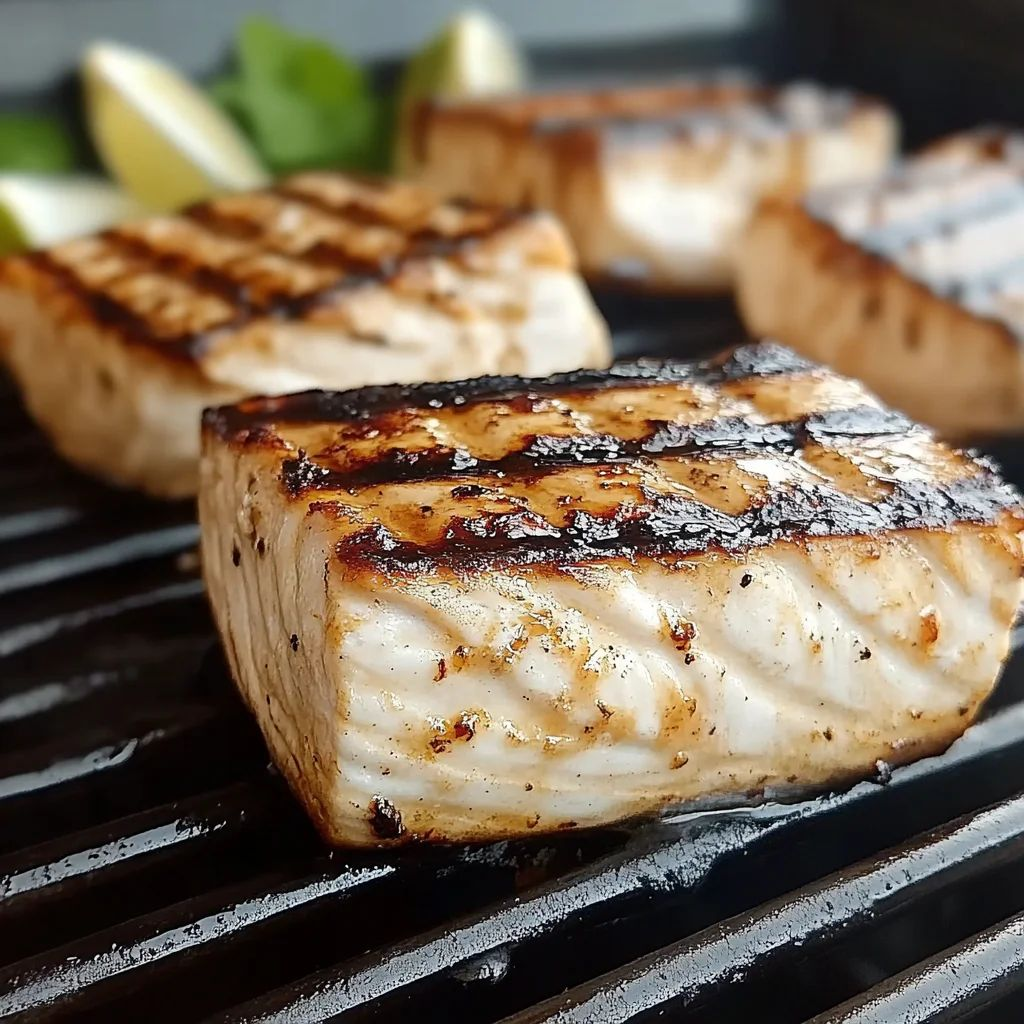
- Marinate briefly. Mix olive oil, lemon juice, garlic, paprika, and a pinch of chili flakes. Marinate steaks for 20 minutes.
- Preheat the grill. Medium-high heat (about 400°F). Oil the grates well.
- Grill time. Cook swordfish 4-5 minutes per side. Look for nice char marks but don’t overcook.
- Finish strong. A drizzle of garlic butter or chimichurri at the end takes it over the top.
One summer, I grilled swordfish at a family BBQ where everyone expected burgers. Let’s just say the swordfish disappeared faster than the beef, and my uncle—who swore he “hated fish”—went back for seconds.
Flavor Pairings That Never Fail
Swordfish is like a blank canvas that welcomes bold flavors. Here are some unbeatable combinations:
- Citrus + herbs: Lemon, lime, or orange juice with parsley, dill, or thyme.
- Mediterranean twist: Olive oil, garlic, oregano, and capers.
- Asian-inspired: Soy sauce, ginger, sesame oil, and scallions.
- Spicy kick: Cajun seasoning, chili flakes, or sriracha mayo.
Think of swordfish as a steak—you wouldn’t drown it in sauce, but you’d definitely season it with something that highlights its natural taste.
Common Mistakes to Avoid
Cooking swordfish is straightforward, but a few rookie errors can sabotage your masterpiece:
- Overcooking. The #1 crime. Dry swordfish is heartbreak on a plate.
- Skipping the rest time. Just like steak, swordfish benefits from resting so juices redistribute.
- Over-marinating. Acidic marinades (lemon, vinegar) can “cook” the fish if left too long. Stick to under 30 minutes.
- Buying thin cuts. Thicker steaks give you control and keep moisture in.
If you’ve ever had swordfish that felt like chewing cardboard, chances are one of these mistakes was the culprit.
Swordfish and Health: What You Should Know
Swordfish is nutritious, but it comes with one caveat: mercury levels. The FDA advises limiting swordfish consumption, especially for pregnant women and young children, due to higher mercury content compared to smaller fish.
For most adults, eating swordfish once or twice a month is perfectly safe and a great way to diversify seafood intake. Balance it out with lower-mercury fish like salmon, sardines, or shrimp in your regular rotation.
Nutritionally, one 3-ounce serving of swordfish provides:
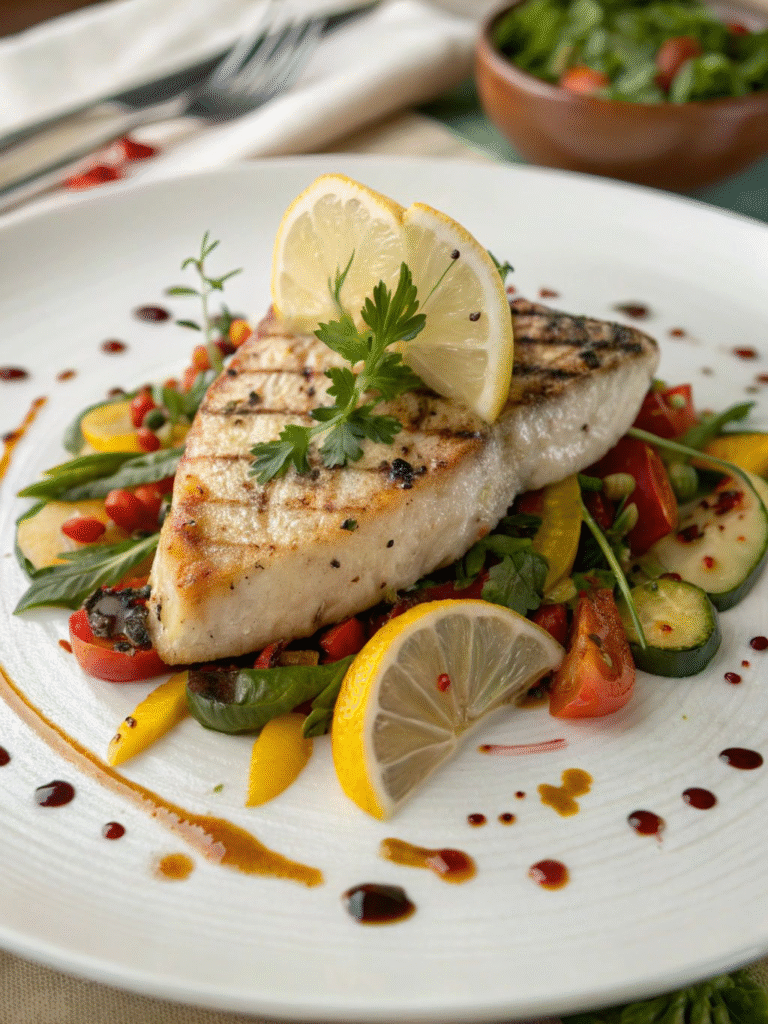
- 146 calories
- 20 grams of protein
- 5 grams of fat (1 gram saturated)
- Rich in selenium, vitamin D, and omega-3 fatty acids
That’s a lot of nutritional bang for your bite.
Making Swordfish Your Signature Dish
Here’s my favorite secret: once you master swordfish, you can spin it into endless dishes. A few ideas:
- Swordfish tacos with cabbage slaw and spicy crema.
- Swordfish kebabs with peppers and onions on the grill.
- Swordfish piccata with lemon, capers, and butter.
- Swordfish stir-fry with teriyaki sauce and vegetables.
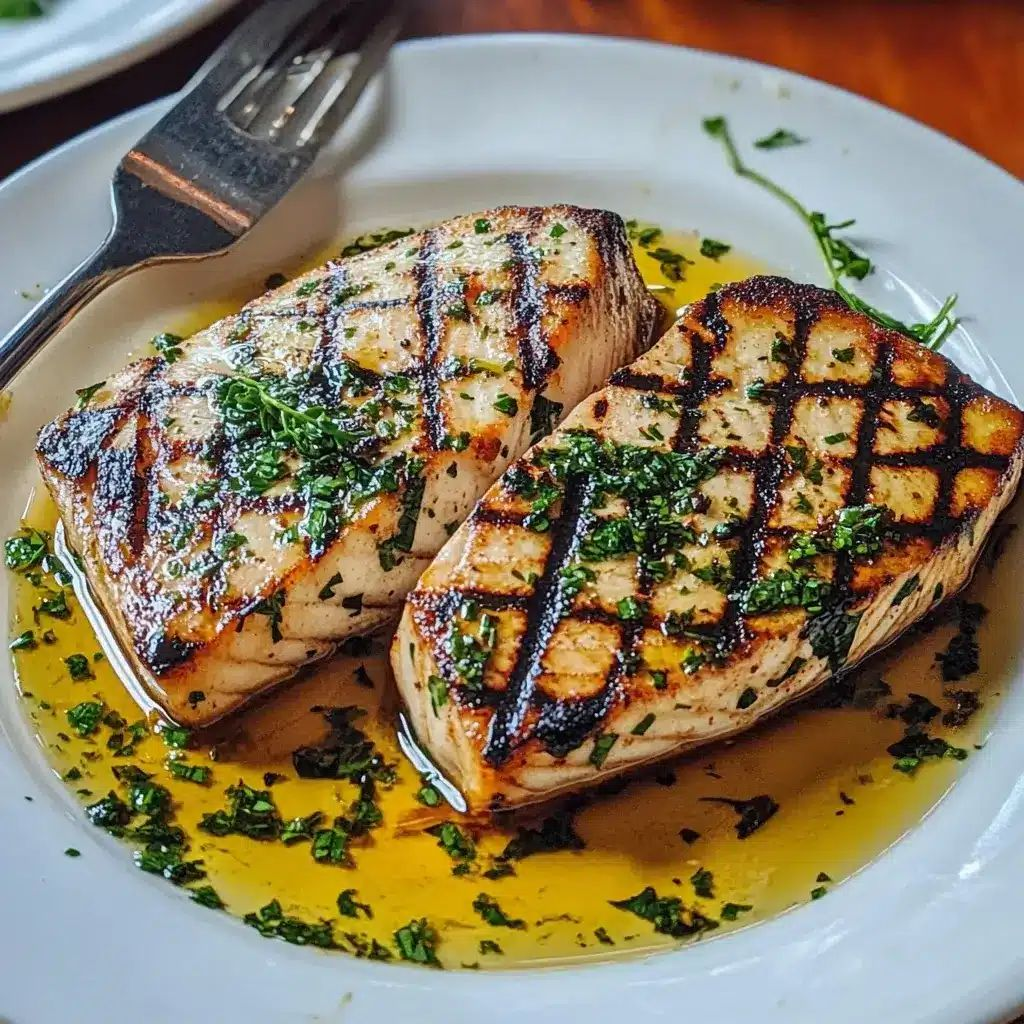
It’s the kind of protein that adapts to your mood and pantry. Feeling fancy? Go with a wine-butter sauce. Need quick weeknight fuel? Pan-sear and serve with roasted veggies.
Final Thoughts
Swordfish is one of those recipes that sounds intimidating but is actually foolproof once you know the basics. By choosing thick, fresh steaks, seasoning simply, and cooking with precision, you’ll create meals that wow without stress.
The next time you’re staring down the seafood counter debating between another round of salmon or trying something new, go for the swordfish. It’s your ticket to a heavenly meal that feels gourmet but takes no more effort than flipping a steak.
Once you serve it, don’t be surprised if your family starts calling it your “secret dish.” After all, not everyone knows how easy it is to make swordfish taste like a restaurant-quality meal at home.

